- About Us
- Order Direct
- Our Story
- Sustainability
- Our Philosophy
- Awarded Sustainable Vineyard of the Year 2022
- Biodynamics
- Sponsorship – Womens Native Tree Project Trust
- Living Wage Employer
- Salt Marsh Native Tree Reserve
- DIY Compost & Planter Boxes Raised Beds How To
- Cow Dung Pit
- Sward Weed Management
- Creating a Worm Farm
- Creating Bio-diversity – Environmentally Sustainable
- Seaweed, Comfry, Stinging Nette Spray
- Our People
- Keep in Touch
- Menu at Cellar Door
- Our Vineyards
- Videos & Photos
- Employment Opportunities
- Contact Us
- Our Wines
- News Events
- Contact Us
- 中文介紹
- Shop Here
-
DIY Compost & Planter Boxes Raised Beds How To
DIY Planter Compost Box’s Raised Beds – How to Build
Planter boxes are great for where you want to define a planted area, also by having it raised reduces unwanted visitors like rodents, dogs & cats plus less bending over for the back. Kids love planter boxes as well, it gives them an area to focus on and perfect height for them.
The planter boxes we made, were sourced from a local orchard, they are known as fruit picking bins. We were thinking of buying some top soil, but did not like the idea of the unwanted weeds/seeds that come with it.
So what we did was create a compost planter box, so once the compost is finished we will have some high nutrient soil with minimal seeds. This is a great concept as we will have reduced weeding, less competition and high nutrient soil for our new seedlings.
We sourced most of the ingredients from our organic vineyard, we love the concept of reuse and recycle. I will run through the process and the ingredients we used plus some photos at the different stages. Its important to get the correct carbon and nitrogen levels. General rule of thumb is carbon is brown and nitrogen is green. The best mix is 30:1, or 30 parts carbon for each part nitrogen by weight.
Resources
Fruit Picking Bin
Hay or dried grass
Cow manure
Grape Marc
Cardboard
Leaves
Cabbage leaves dried
Dried sticks
Seaweed
Paint Acrylic
LimeMethod
We wanted to ensure the fruiting bins would last so we went down to the local paint shop and picked up a mis-tinted paint tin. We then painted the bin all over; inside and outside.
The first layer for the planter box is important as this will ensure a more aerobic compost. We placed small sticks on this layer then some dried up cabbage leaves. The sticks we used were a mix of old grapevine prunings and tree branches, generally speaking just a bit bigger than a size of a pencil.
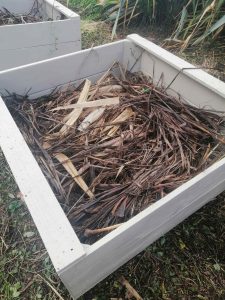 The next layer we added our grape marc. For us this is vineyard waste after the pressing of grapes during harvest. So you might not have this available, but you could ask your local winery if they have some you could grab. I found this great, as it fell in between the sticks and cabbage leaves. ON top of this layer we added some lime. The purpose of this is to help alter the Ph level of the soil as the grape skins are quite acidic and also to help the process of breaking down the compost ingredients and helping to release the nutrients to the plants down the track.
The next layer we added our grape marc. For us this is vineyard waste after the pressing of grapes during harvest. So you might not have this available, but you could ask your local winery if they have some you could grab. I found this great, as it fell in between the sticks and cabbage leaves. ON top of this layer we added some lime. The purpose of this is to help alter the Ph level of the soil as the grape skins are quite acidic and also to help the process of breaking down the compost ingredients and helping to release the nutrients to the plants down the track.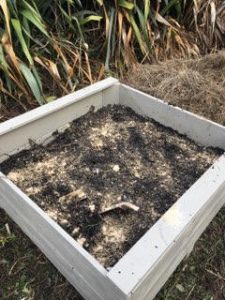 The next layer we added was old cardboard we had lying around, no point putting it in the rubbish when you can make compost from it. An important point here is to avoid the glossy type, so not to get to many unwanted inks/chemicals in the compost.
The next layer we added was old cardboard we had lying around, no point putting it in the rubbish when you can make compost from it. An important point here is to avoid the glossy type, so not to get to many unwanted inks/chemicals in the compost.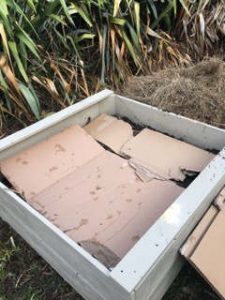 The next layer we added was cow manure from our own cows we run on our vineyards. We only have 10 cows, but were able to source over 160 kilos in a short period of time. We like the idea of using our own manure as we know our cows have not been treated with any chemicals that again could cause some damage to our microorganism level in the compost or contaminate our lovely rich soil to be.
The next layer we added was cow manure from our own cows we run on our vineyards. We only have 10 cows, but were able to source over 160 kilos in a short period of time. We like the idea of using our own manure as we know our cows have not been treated with any chemicals that again could cause some damage to our microorganism level in the compost or contaminate our lovely rich soil to be.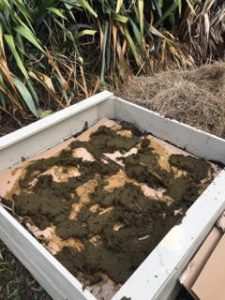 The next layer we added was dried up grass. We sourced this from our native area which we recently weedeated and had a big pile of this. Its important to get the carbon level right, so plenty of dried up grass was used.
The next layer we added was dried up grass. We sourced this from our native area which we recently weedeated and had a big pile of this. Its important to get the carbon level right, so plenty of dried up grass was used.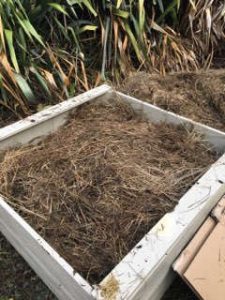 The next layer we then added some seaweed from one of our local beaches; Kaiti Beach. The seaweed we used had been stored in our drums for a year already to help make compost teas. So we emptied the drums and then reused the seaweed in our compost layer.
The next layer we then added some seaweed from one of our local beaches; Kaiti Beach. The seaweed we used had been stored in our drums for a year already to help make compost teas. So we emptied the drums and then reused the seaweed in our compost layer.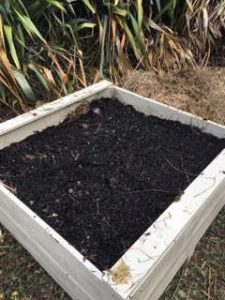 The next layer we added some more grape marc with lime spread over the top.
The next layer we added some more grape marc with lime spread over the top.The next layer we added dry leaves from some of our nearby trees where they had fallen to the ground. Autumn is a great time to collect leaves and thus make compost. During this season I find the soils breathes in, so compost works really well, holding in the nutrients.
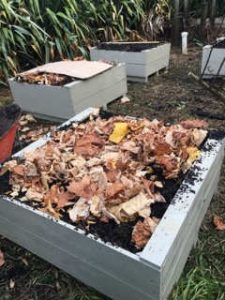 The last layer we added more grape marc and lime. We went about a foot taller than the height of the fruit picking bin. The reason for this is that we knew the compost would drop down once finished, so we were compensating for this lower level drop.
The last layer we added more grape marc and lime. We went about a foot taller than the height of the fruit picking bin. The reason for this is that we knew the compost would drop down once finished, so we were compensating for this lower level drop.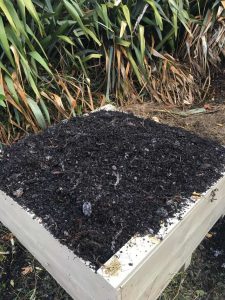 What we hope to achieve here with the layers is a warm/hot compost. We will come over to in once a month and turnover as required to ensure the compost is more aerobic and less anaerobic. We hope that when spring comes around we have the perfect planting box waiting for us to plant our new seedlings in.
What we hope to achieve here with the layers is a warm/hot compost. We will come over to in once a month and turnover as required to ensure the compost is more aerobic and less anaerobic. We hope that when spring comes around we have the perfect planting box waiting for us to plant our new seedlings in.In hindsight once I have written up this process, I think it would of been better to grab more carbon, dried ingredients for the compost. We could also of added some biodynamic preparations or added valerian liquid to the compost to add warmth to the fermentation process.
The purpose of our planter boxes is for us to grow food for our pizza’s which we make at our cellar door during summer. We love the idea of matching up organic food with our organic wines, fresh from our planter boxes.

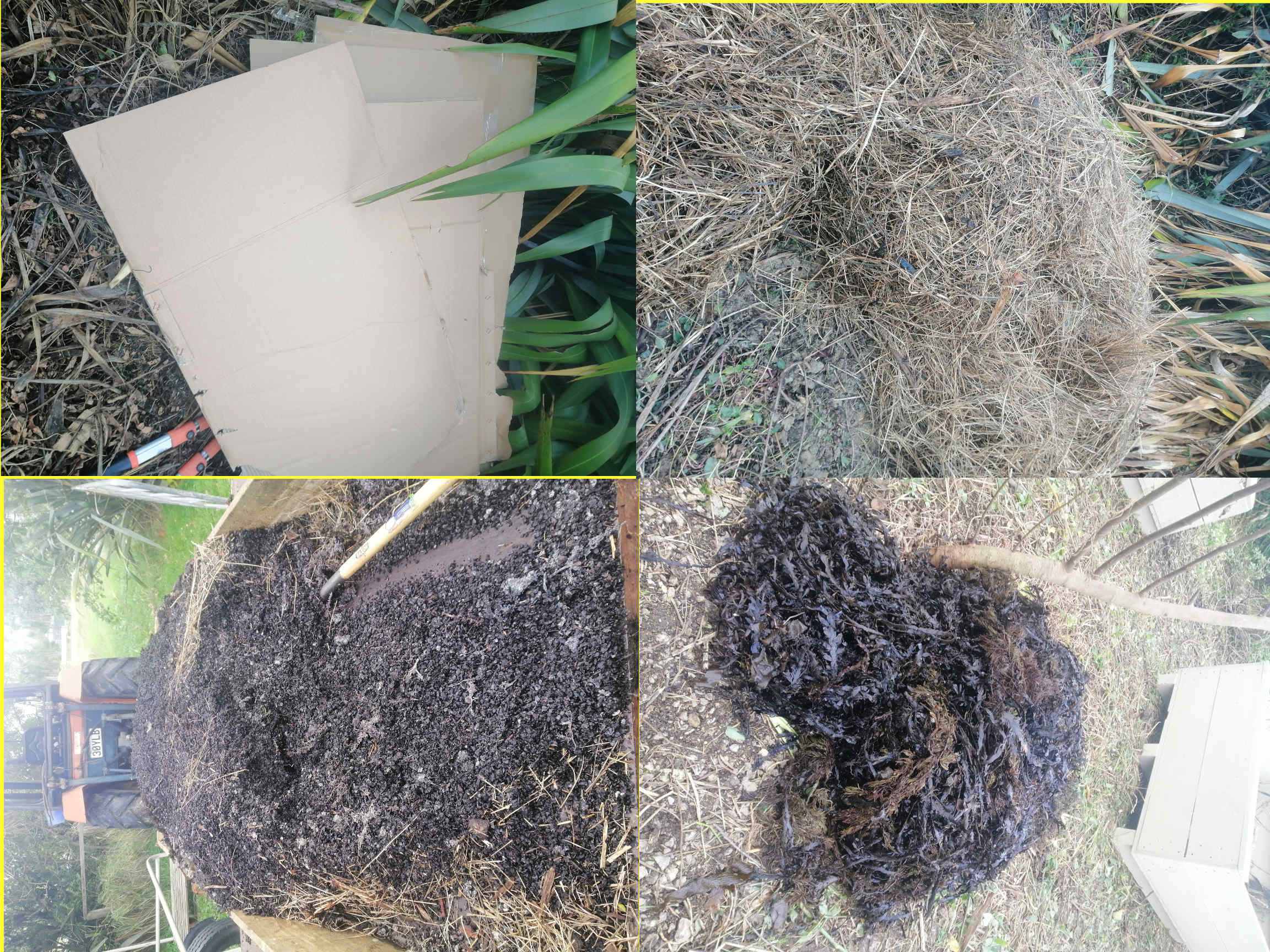
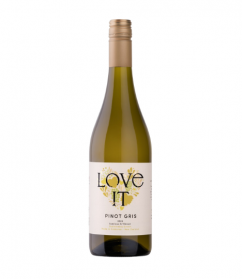
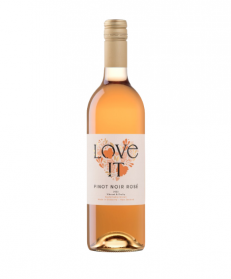
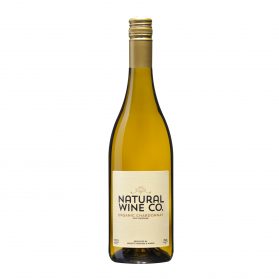
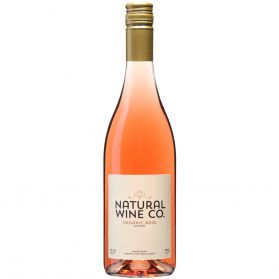
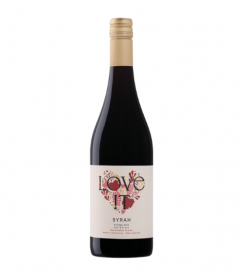 Love It Syrah 2023
Love It Syrah 2023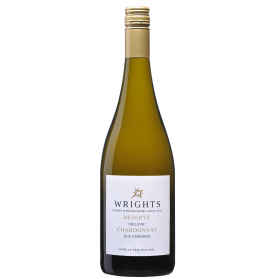 Wrights Reserve Organic Chardonnay Gisborne 2022
Wrights Reserve Organic Chardonnay Gisborne 2022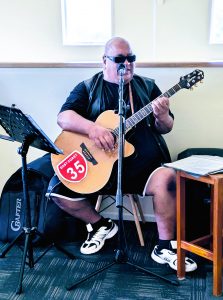

Leave a Comment
You must be logged in to post a comment.